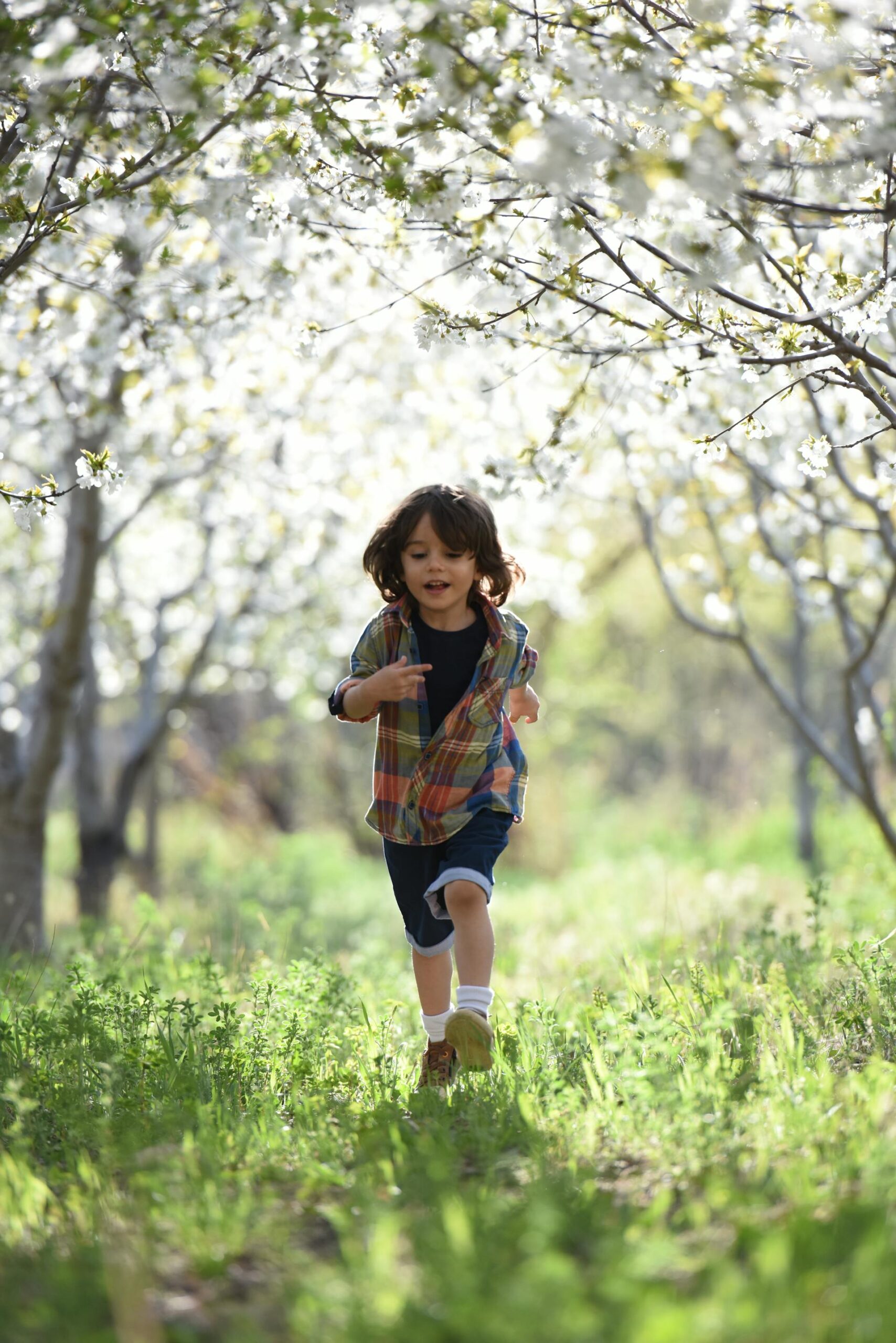Forest School: Learning Outdoors

As we are amid Spring and the weather improves, we naturally gravitate towards the outdoors. Learning outdoors is a fantastic tool, and Forest School is a significant part of this approach. Its popularity continues to grow, but what does it mean to have a Forest School ethos, and is it for everyone?
A Very Brief History
Forest School is a heuristic approach that provides individuals of all ages—children, teenagers, and adults—with opportunities to succeed, learn and build self-esteem through practical learning in a natural environment.
Originating in the wilderness of 1950s Denmark, UK educators explored the Danish forest school practice in the 1990s, discovering that being surrounded by nature seemed to be the best classroom, while a child-led approach proved highly effective. Since the early adopters of Forest School in the 1990s, it has blossomed across the UK. Forward-thinking schools and settings recognise the benefits of spending time in nature, incorporating Forest School into many curriculums. Research consistently highlights the fantastic advantages of outdoor learning for child development. As citated here: England’s largest outdoor learning project reveals children more motivated to learn when outside - GOV.UK
Nature: the heart of Forest School
Is a woodland essential for Forest School? The short answer is no. While having access to a green space to explore aligns with the concept, the provision doesn't need to have access to a forest. The heart of Forest School lies in building a connection between the learner and the natural environment.

Parks in North Tyneside
In our local area of North Tyneside, we are fortunate to have many great parks, which I would highly recommend accessing (it’s free to do so!), but nature is everywhere—from large parks to small nursery gardens. Adopt a creative approach to Forest School and this will allow the ethos to thrive in any location. Children are naturally inquisitive about outdoor environments, finding awe and wonder in simple observations like a tiny spider weaving its web or a leaf on the ground – moments like these are at the heart of outdoor learning.
A walk around the local area will provide endless opportunities to engage with nature and deepen children's understanding of the world. Whenever I discuss Forest School, I will always recommend taking part in the Japanese practice of Shinrin-yoku or "forest bathing," which involves just ‘being’ in a natural environment.
There’s nothing more liberating than lying on the ground beneath a canopy of trees and letting troubles melt away – it is undeniably refreshing. Having introduced this practice to a group of children, I witnessed its incomparable impact on well-being for both the children and staff.
Practicalities of Forest School
Risk management is the bedrock of Forest School. Using tools, climbing trees, and exploring unpredictable environments are all part of the experience. Risks must be controlled to ensure safety, but it should not limit the activities. Trusting children to assess risks within a controlled setting builds their confidence and it’s up to us as educators to ensure the risk is managed.
The resources needed depend on what you hope the children are to achieve. Some Forest School activities require tools, like chopping wood for a campfire, while others need nothing but imagination - Forest School activities can be as resource-light or as extensive as your goals require. Ultimately, the main resource is the natural environment— flora, fauna, wood, bracken, foliage—anything that fosters children's love of nature.
While time outdoors can sometimes clash with a setting or schools' targets, the forest offers rich opportunities to enhance curriculum learning. Activities can be carefully planned to meet developmental goals, seamlessly integrating subjects from across the curricular into outdoor lessons.
And remember, there's no such thing as bad weather, just bad clothing! Embrace the outdoors in all conditions—rain, shine, or snow—and use it as a chance to discuss seasonal changes and the weather's impact on the environment.
Conclusion: A Necessity, not a Choice
As educators, it is our responsibility to connect children with nature, to foster a lifelong appreciation for the environment. Amid the urgency of the climate emergency, Forest School could play its part in providing a powerful platform to model respect for the planet and instil a sense of stewardship for future generations. By immersing children in nature, we can nurture empathy for the natural world.
Outdoor education is not just a pedagogical approach; it is a necessity. That’s if we want future generations to be able to enjoy the outdoors, and safeguard wildlife. The beauty of Forest School lies in its universal appeal —it takes children out of traditional classrooms and provides different learning opportunities and can open minds to natural world, whether it be through exploring the local environment or simply observing nature the everyday.

The Forest School approach is indeed for everyone and holds the potential to encourage an even bigger shift towards environmental consciousness. By engaging with outdoor learning, we can cultivate individuals who are knowledgeable and respectful of the environment. Who know, you may inspire the next Sir David Attenborough or Dr. Jane Goodall.
Ready to find out more?
We will be exploring Forest School in more depth and other outdoor learning approaches during our Creating Inspiring Outdoor Learning Environments training on the 27th January 2026.

